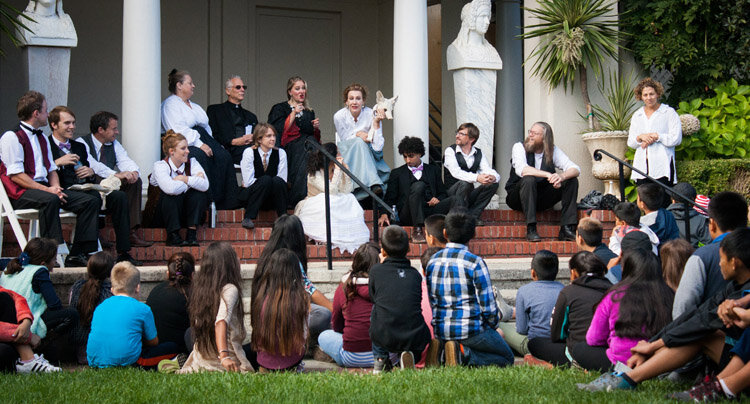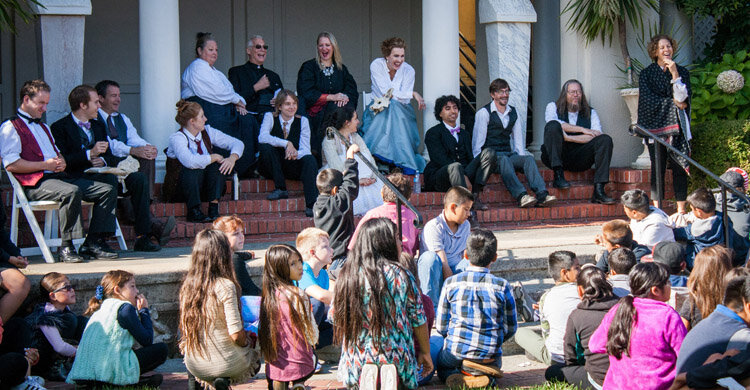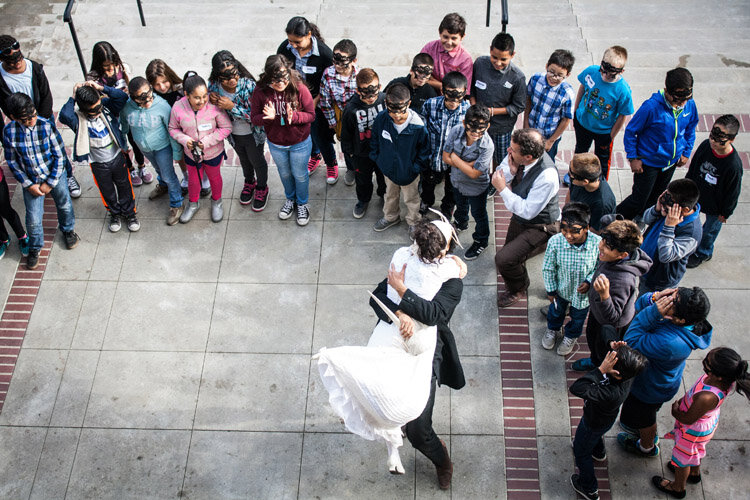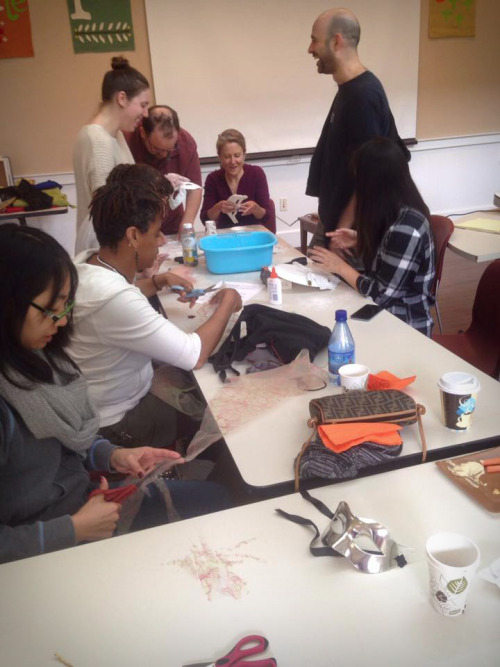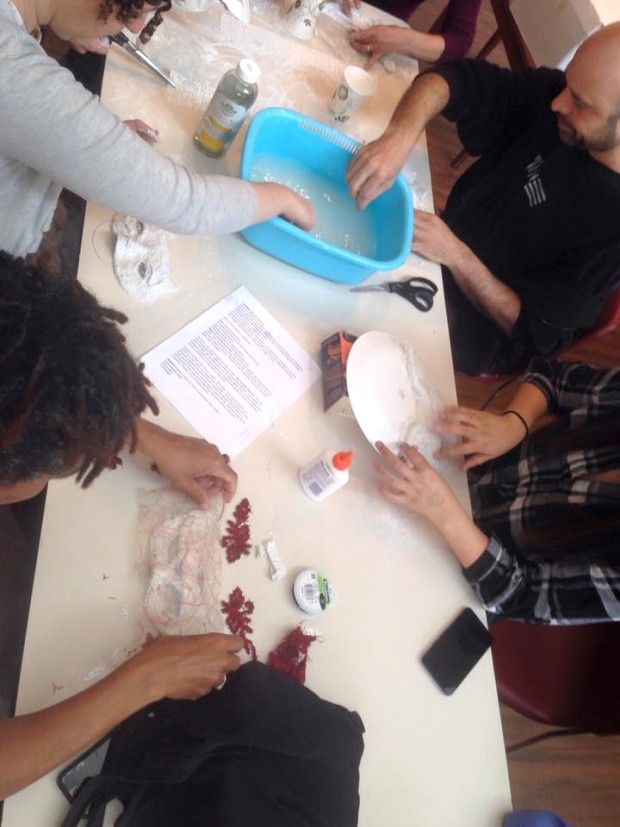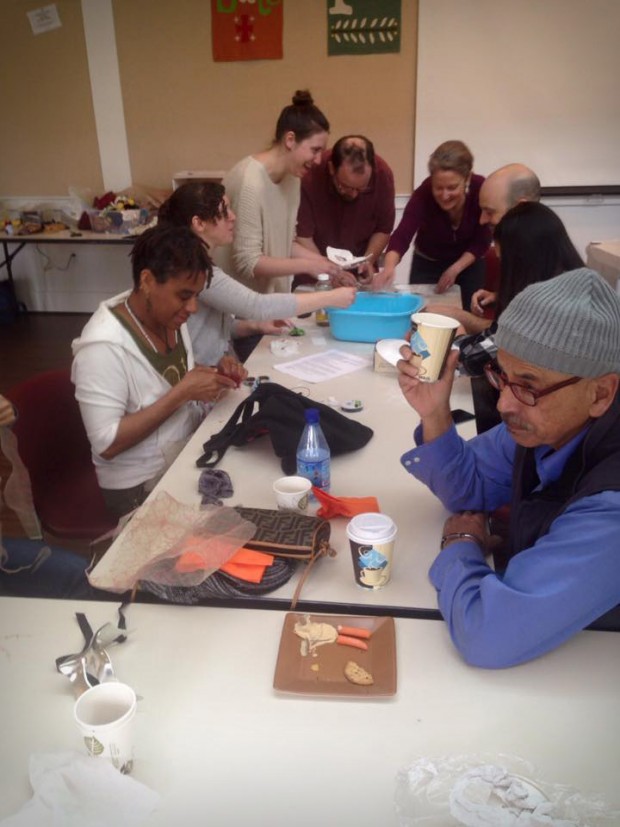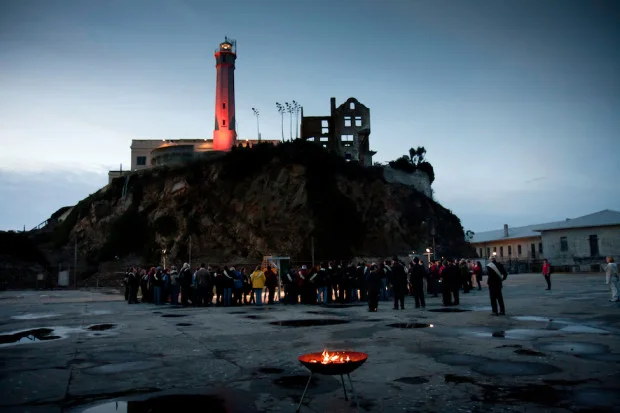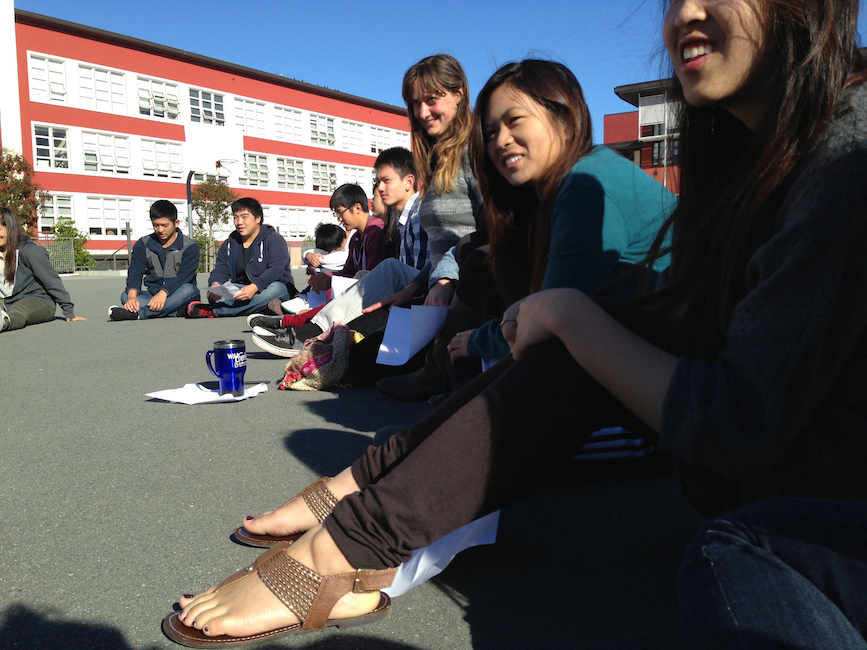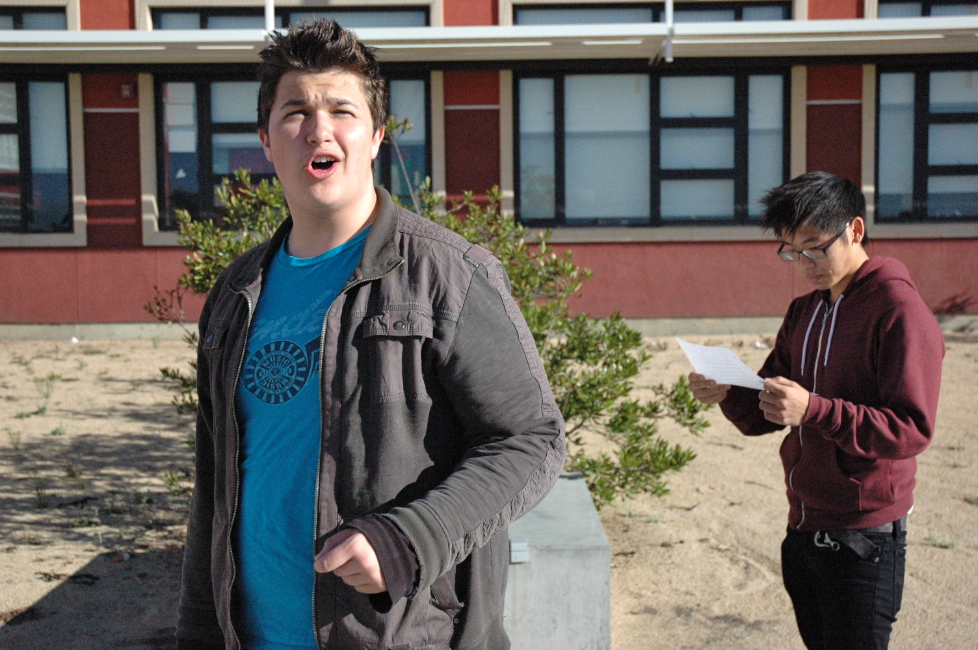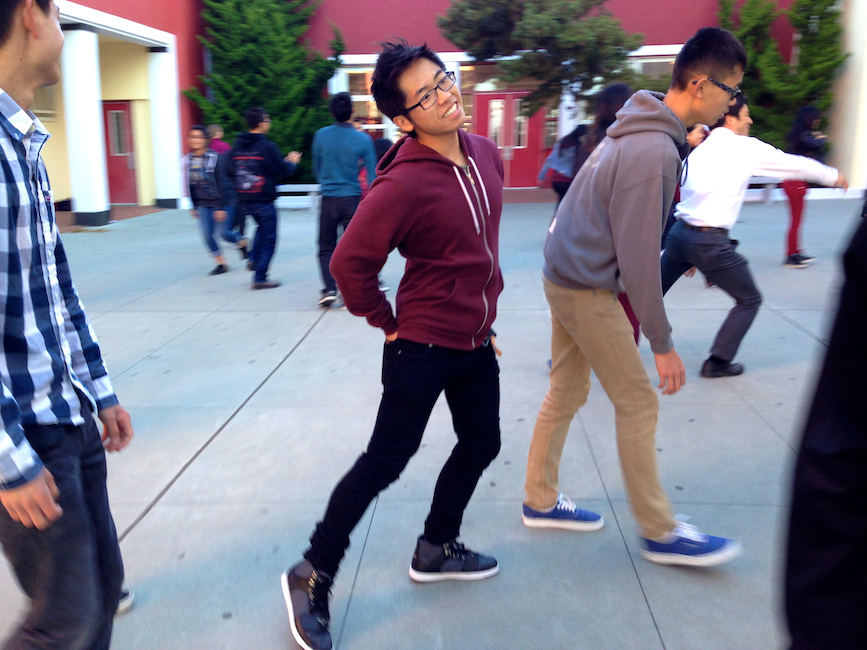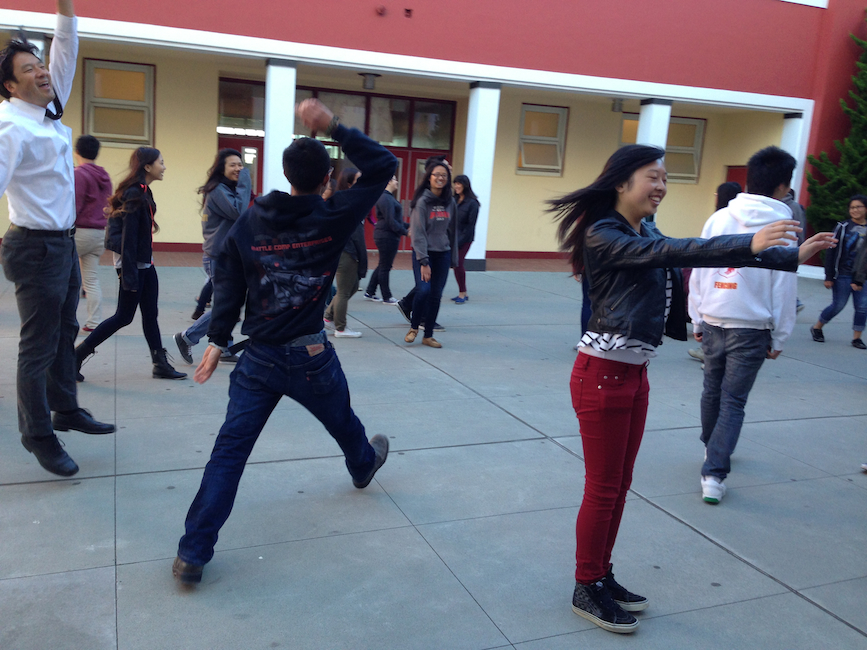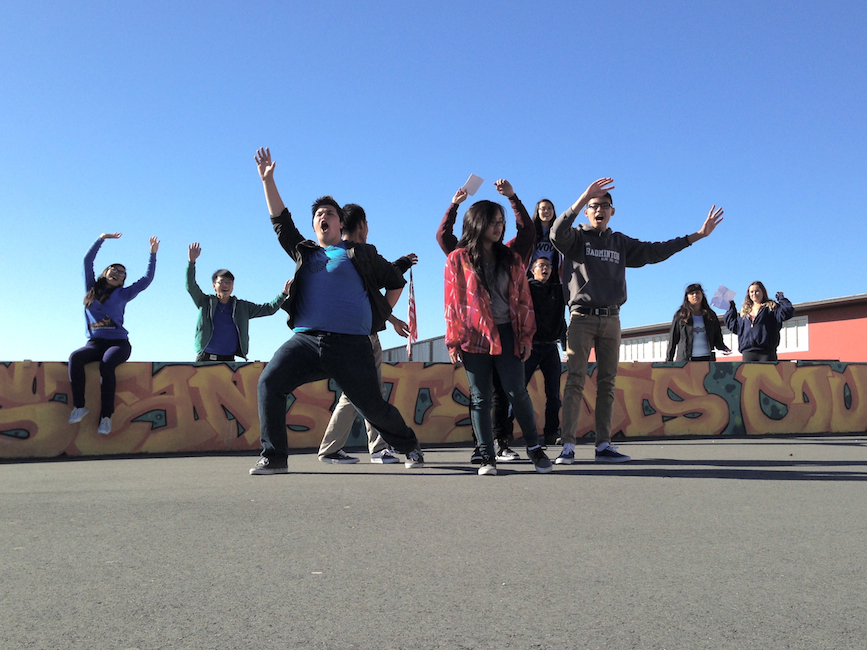In recent years, our core crew of performers has become increasingly rich with trained performers, people who are dedicating their lives to their artistic practice and cultivation of their craft. Among us there are clowns, acrobats, yogis, dancers, and accomplished musicians. Of course, in any theatre company you might find such an array of talents. Indeed, in any group, there is a veritable treasure trove of the number one human resource – imagination. We do well to eagerly embrace and invite these invisible powers forth.
When I’m directing, though it’s crucial that I maintain connection with the guiding light, or vision for a given production, I strive to step out of the way of my performers and invite their genius to shine. I appreciate the Greek conception of “genius” tremendously. It is not something reserved exclusively for those few chosen and touched by the gods – though thank the gods for the Shakespeares and Beethovens given to earth now and again! But the ancients offer a richer idea of genius as something that we each possess and that can be awakened within us. In this moment, I’m getting the image of a genie in a bottle. If rubbed the right way, and invited forth, it can erupt with incredible potency and efficacy.
In recent months, we’ve begun to schedule “company training sessions” with some of We Players core collaborators. These sessions serve to shine the magic lamp and invite the powers within each of the participants to emerge and grow stronger through activation. A small band of invited artists gather – between rehearsals for other projects, teaching, running companies, raising families – to share our skills and deepen our relationships as collaborators. We work indoors and outdoors, in backyards and studios, for three or four hours at a time to develop our shared vocabulary and stretch into new territory.
In our latest company training sessions we’ve worked with psychological gesture, improvisation games and etudes, chorus, the vast expanse of clown work, and a wide assortment of physical and vocal exercises (including material from familiar pedigrees such as Laban, Viewpoints, Alexander and Linklater, as well as our own invented and exploratory exercises). We work on relaxation techniques, ways of preparing the physical instrument for character work and emotional accessibility. Through these practices we activate our imaginations and cultivate flexibility and dexterity as performers and creative partners.
With focus on voice and physicality, we strive to notice habits, our patterns of tension and how to release and expand our expressive capacity. We work and play intensively without the pressures of a specific production – the unforgiving schedule of preparing a piece for an impending performance date. I admit that I thrive under the exquisite pressure of a performance clock, but these training sessions provide a different kind of energetic space. A generous environment to gather and share our knowledge and unique skill sets, to tune our instruments. Like any instrument which needs to be played and practiced, an actor must constantly attend to hers – body and voice, psyche and soul, indeed the actor’s whole being must be exercised through…play.
This work is a powerful support to We Players artistic growth. You can’t cheat time spent. So we spend time together. We play.
– Ava Roy, We Players’ Founding Artistic Director



